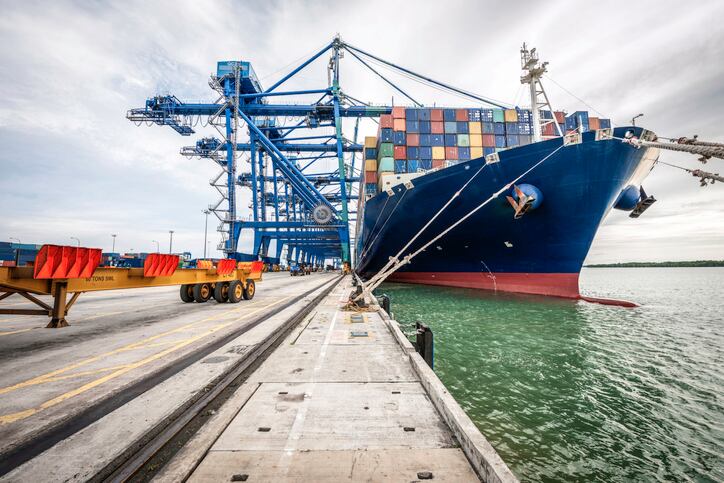As a result, some businesses are “implementing permanent changes to their business models to help weather current and future disruptions, including holding larger inventories or building domestic manufacturing capacity,” members of the Fed said during a December meeting, the minutes for which were released yesterday.
But even this may not be enough as many businesses continue to struggle to hire sufficient workers across all skill levels despite offering higher wages, larger bonuses and more flexibility work arrangements, the minutes warn.
According to the Bureau of Labor Statistics, the number and rate of hires were little changed in November at 6.7m and 4.5% respectively, while the number of quits increased to a series high 4.5m, or a quit rate of about 3% -- including a drop of 159,000 in food service.
Within the CPG industry, companies are slowly adding jobs, but according to the Consumer Brands Association they are doing little to close the gap. Pointing to BLS data, CBA noted that the CPG industry added only 6,400 jobs in October, leaving 130,000 job openings.
“How long the labor shortages will persist is unclear, particularly if additional waves of the coronavirus occur,” Federal Reserve Chair Jerome Powell said at a press conference following the meeting. According to Powell, members “revised their unemployment rate projections noticeably lower for this year and next” compared to September projections with the projected new median now predicted to drop to 3.5% by the end of the year.
Supply and demand imbalances continue
In addition, pandemic-related supply and demand imbalances related to the pandemic continue to contribute to rising inflation, which the Fed now expects will remain well above its 2% longer-run goal well into next year, the minutes explain.
In November – the most recent figures available from BLS – inflation for all items rose 6.8% over the previous 12 months, marking the highest increase since June 1982. For food consumed at home, prices shot up 6.4% in the same period – the largest increase since the Great Recession in December 2008.
“All of the six major grocery store food group indexes increased over the period. The index for meats, poultry, fish and eggs increased 12.8%, with the index for beef rising 20.9%. The index for dairy and related products posted the smallest increase, rising 1.6% over the last 12 months. The remaining major grocery store food group indexes posted increases ranging from 4% (fruits and vegetables) to 5.7% (other food at home),” according to BLS.
Powell noted that much of the inflationary increase stems from “bottlenecks and supply constraints” that are “limiting how quickly production can respond to higher demand in the near term.”
He added: “These problems have been larger and longer lasting than anticipated, exacerbated by waves of the virus,” as such inflation will likely continue to run high “well into next year.”
Specifically, he said, Fed members estimated in the December meeting that median inflation projections would fall from 5.3% this year to 2.6% next year – a trajectory which the minutes acknowledge is “notably higher than projected in September.”
The Fed’s estimates came just as omicron was gaining traction in the US and do not reflect the impact of the current wave, which some officials predict will crest mid-January.
Given these setbacks and the significant hardships threatened by rising inflation, Powell said the Fed is committed to its price-stability goal and “will use our tools both to support the economy and a strong labor market and to prevent higher inflation from become entrenched.”
This includes potentially moving up the timetable for raising interest rates to as soon as March and possibly ending a bond-buying program and downsizing its $8.76 trillion portfolio of bonds and other assets.




